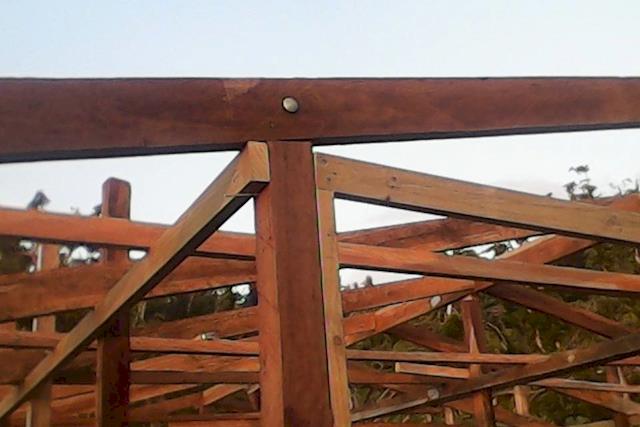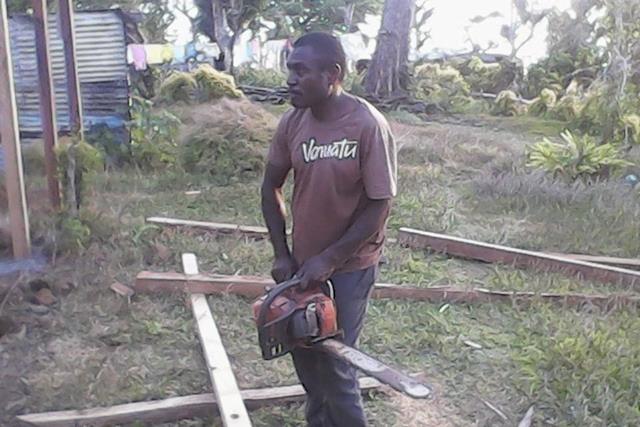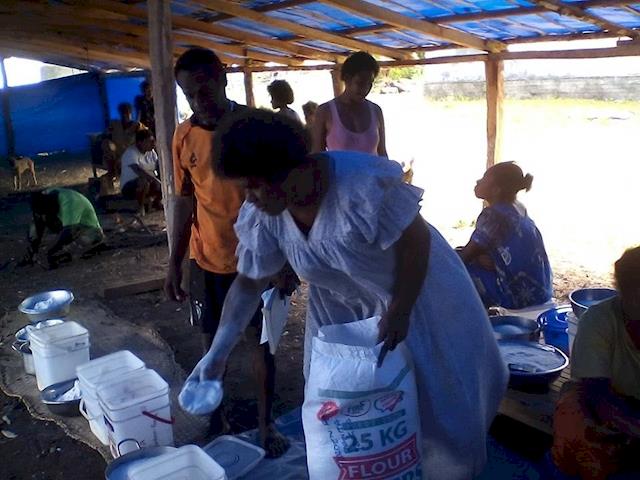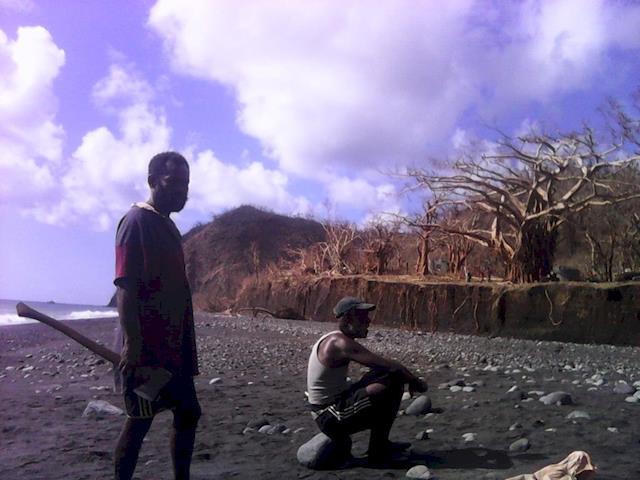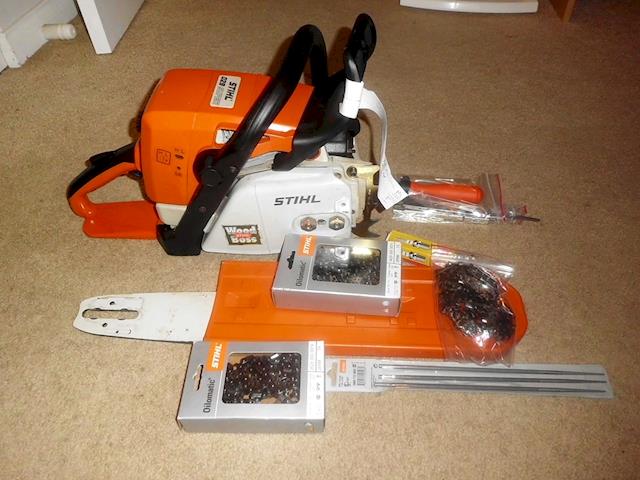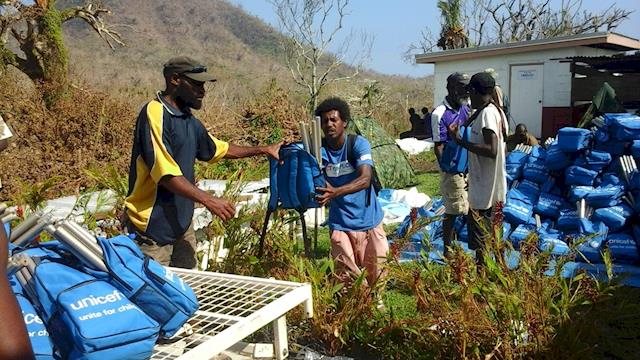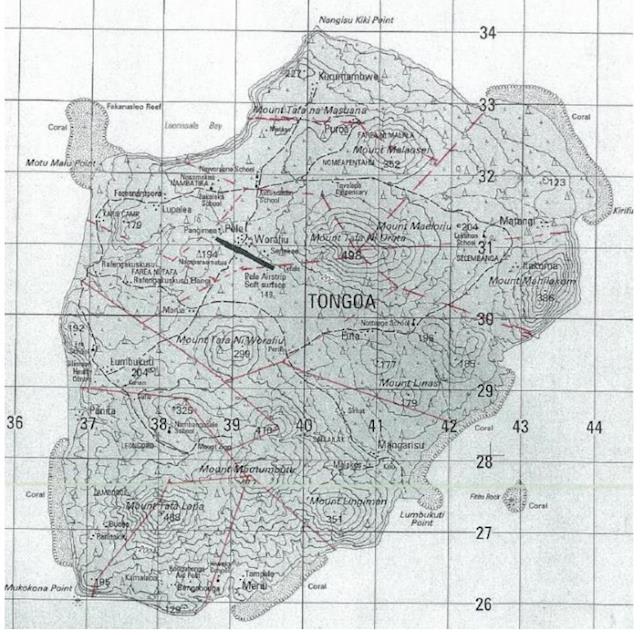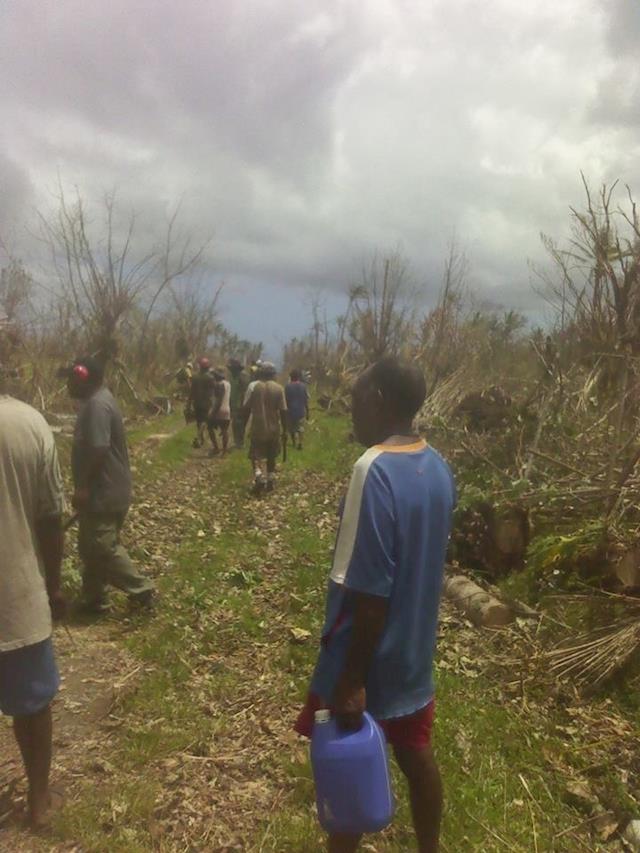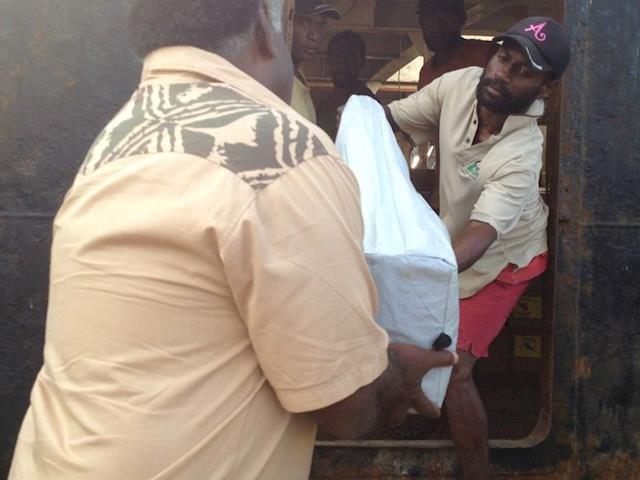Population: 2501
No. of Households: 666
No. of Villages: 14 (plus 4 settlements)
No. of Schools: 7 primary school, 1 secondary schools
Health Facilities: 1 Health Clinic, 2 Dispensaries
Location: Tongoa Island, Shepherd Islands Group, Shefa Province, Vanuatu
Coordinates: 16°53'28S168°33'04E
(Source: Shefa Provincial Government Council)
Damage Statistics
• 100% of households affected (Source: Vanuatu Government Representative)
• 100% of crops damaged or destroyed (Source: Vanuatu Government, Department of Agriculture)
• 90% of homes and buildings damaged or destroyed (Source: Vanuatu Government Representative)
• 7 out of 8 schools were damaged or destroyed Source: Field Assessment)
• 3 out of 3 health facilities damaged (Source: Emergency Department, Vanuatu) Multiple water sources contaminated/polluted (Source: Field Assessment)
Executive Summary
Tongoa Island, Shefa Province has received little assistance in the weeks following Tropical Cyclone Pam. The first shipment of aid arrived on March 23rd, 10 days after the cyclone, to provide inhabitants with minimal water and food supplies. After conducting a 3-day needs assessment (from March 25th– March 27th), the following observations were made:
WATER:
Multiple water sources (especially wells, tanks) were contaminated with soil, debris,leaves. There are fears of water shortages, as well as serious health concerns resulting from drinking contaminated water, such as diarrhea and typhoid (Source: Emergency Department,Vanuatu Government). Most villages rely on catching rain water, only a few underground springs for drinking water.
FOOD SECURITY:
Virtually 100% of crops were damaged or destroyed, leading to severe mid to long-term food security issues. Villagers are currently living on food aid, foodstuffs they had stored before the disaster and some of the other below-ground crops that have survived the cyclone. However, most of the crops on the island (E.g. sweet potatoes, yams, taro, casava and manyok) take a MINIMUM of 3 months to grow and harvest.
FOOD SECURITY:
Many fences that were protecting crops and gardens have been destroyed. As a result, livestock (E.g. cattle and pigs) are eating the crops that remain, which is greatly exacerbating the food security situation. Many of the villagers’ gardens are also covered in debris, making it extremely difficult to replant seeds without first clearing their gardens of debris using axes, chainsaws, bush knifes, etc. Seeds are being distributed by a number of governmental and non-governmental agencies, but gardens must first be cleared of debris and protected by rebuilding fences before replanting. To meet immediate needs, the National Disaster Management Office (NDMO), Israaid and Member of Parliament for Tongoa Island has distributed flour, rice and drinking water. Tongoa Island has traditionally been a very self-sustained community, and the lack of local food sources adds financial pressure to buy food from external sources.
EDUCATION:
7 out of 8 schools damaged or destroyed. Structural damage as well as damage to materials, including books, desks, chairs, etc. Schools are supposed to recommence next week, but many school teachers are concerned that this will be delated due to the focus on recovery. UNICEF have begun to provide temporary school spaces (in tents) to some of the schools on Tongoa Island.
SHELTER:
Minimum of 90% of homes damaged or destroyed. Some of the concrete structures survived, but the vast majority of wooden structures with tin roofs were heavily affected. As of 29thMarch, some tarpaulins and basic materials have arrived on site, although many of the affected populations continue to sleep in make-shift shelters (often a large number of villagers sleeping under one roof).
HEALTH:
All heath facilities on Tongoa Island have been damaged or destroyed; not only the health clinics themselves, but the supporting facilities such as staff housing, medical equipment, etc. (Source: Emergency Department, Vanuatu Government). Tongoa Island’s health services support not only the island’s 2500 inhabitants, but also serves the inhabitants from surrounding islands, which have limited resources. Specifically, residents of Epi, Tongariki, Makira, Mataso, Puniga and Emae often rely on Tongoa’s health services for serious issues, making the catchment population much larger than just Tongoa’s residents. AmeriCares and NYC Medics are currently operating mobile clinics (based near the air strip, Pele Village) in order to reach all 14 villages across the island.
NON-FOOD ITEMS:
Save the Children were observed to be distributing Household Kits with essential items to a number of households in Tongoa. Contents: 1 x Bucket, 1 x Jerrycan, 5 x Blankets, 1 x Tarpaulin, 1 x Rope, 1 x Basic Kitchen Set, 13 x Body Soap, 2 x Laundry Soap.
